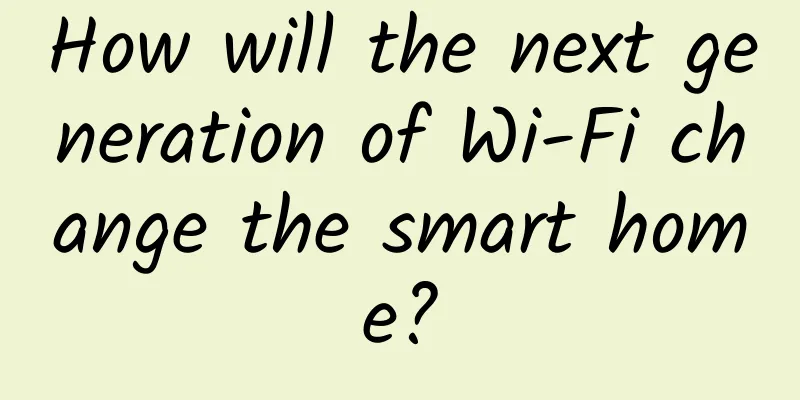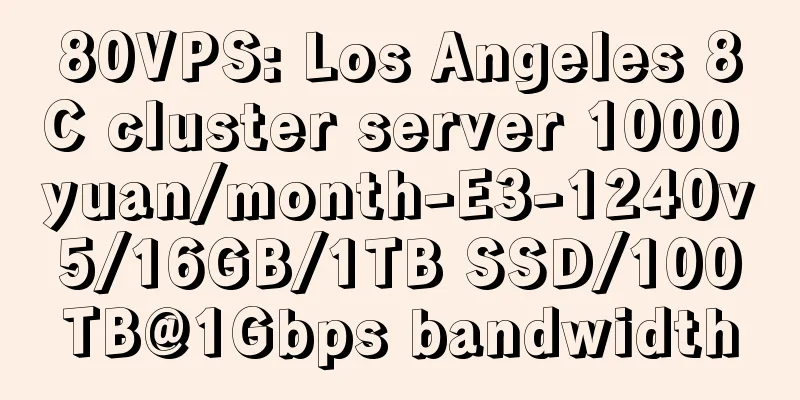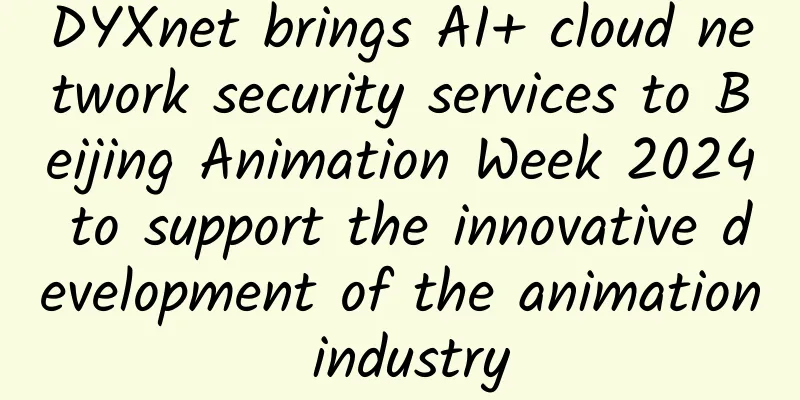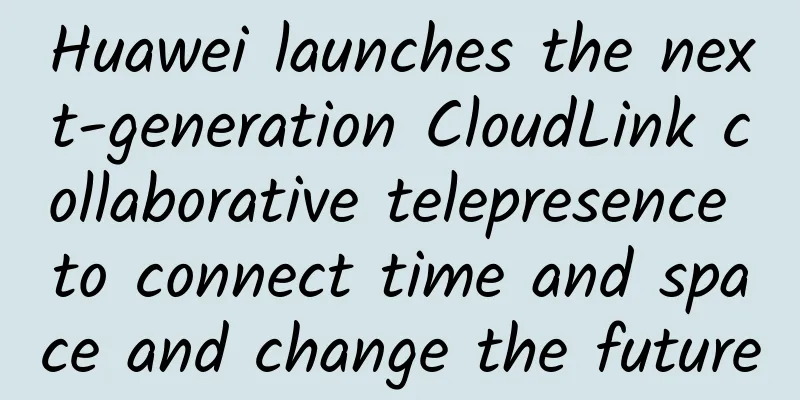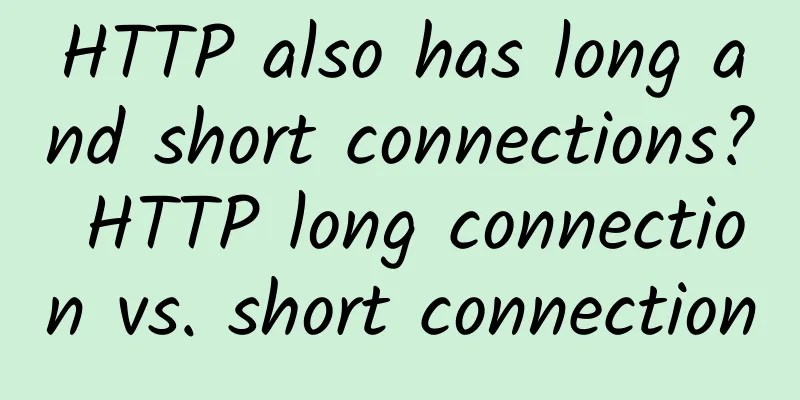Communication styles in microservices architecture
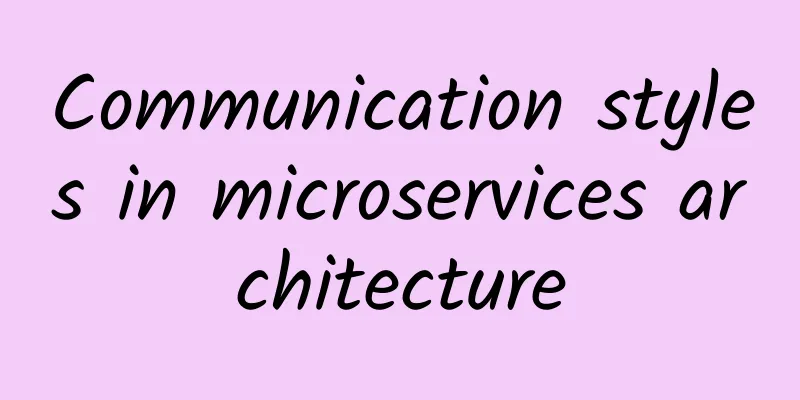
|
In a microservices architecture, communication is a key element, and there is extensive discussion about choosing the most effective method for service-to-service interaction. In this introductory article, we will explore and summarize the best communication strategies for microservices, providing insights on when and how to effectively use each communication style. Interaction StyleTo effectively understand how services communicate in a microservices architecture, you must first become familiar with the available interaction styles. Each style has its own unique advantages and disadvantages. A deep understanding of these nuances is critical to making an informed decision before selecting an appropriate communication mechanism. This foundational knowledge ensures that the chosen approach is a good fit with the specific requirements and challenges of your system. Interaction style can be divided into two dimensions. The first dimension is whether the interaction is one-to-one or one-to-many:
The second dimension is whether the interaction is synchronous or asynchronous.
The following table shows the different dimensions: Communication Dimension Let’s discuss each of these briefly. One-to-one interaction:
One-to-many interaction
Remember that a service can have multiple communication methods. Communicate using synchronous remote procedure call modeThe client sends a request to the service, which processes the request and sends a response. Some clients may block waiting for a response, while others may have a reactive, non-blocking architecture. But unlike with messaging, the client assumes that the response will arrive in a timely manner. The following diagram shows how RPI works. The client's business logic calls the proxy interface implemented by the RPI Proxy Adapter class. The RPI Proxy makes a request to the service. The request is handled by the RPI Server Adapter class, which calls the service's business logic through the interface. It then sends a reply back to the RPI Proxy, which returns the result to the client's business logic. The proxy interface usually encapsulates the underlying communication protocol. There are many protocols to choose from, and we focus on the most popular protocols REST and gRPC. 1. REST APIA key concept of REST is the resource, which typically represents a business object (such as a customer or product) or a set of business objects. REST uses HTTP verbs to operate on resources, which are referenced by URLs. For example, a GET request returns a representation of a resource, typically an XML document or a JSON object, although other formats (such as binary) can also be used. A POST request creates a new resource, and a PUT request updates a resource. Challenges of REST API:
There are many advantages to using REST:
There are also some disadvantages to using REST:
2. Using gRPCREST APIs often struggle with handling multiple update operations using limited HTTP verbs. gRPC offers an alternative by using a binary messaging protocol that emphasizes an API-first approach. It leverages Protocol Buffers (Protobuf), a language-neutral serialization system developed by Google that allows developers to define APIs using an Interface Definition Language (IDL) based on Protocol Buffers. This setup makes it possible to automatically generate client and server code for various programming languages such as Java, C#, NodeJS, and GoLang using the Protocol Buffer compiler. The gRPC API runs on top of HTTP/2 and supports simple request/response and streaming RPCs, where a server can send a stream of messages to a client or vice versa. This technology supports the creation of clear service interfaces with strongly typed methods, providing a powerful framework for handling a variety of complex communication patterns in microservice architectures. gRPC has several advantages:
gRPC also has some disadvantages:
gRPC is a powerful alternative to REST, but like REST, it is a synchronous communication mechanism and therefore subject to partial failure. Communicate using asynchronous messaging patternWhen using messaging, services communicate by exchanging messages asynchronously. Messaging-based applications typically use a message broker, which acts as an intermediary between services. Service clients make requests to services by sending messages. If the service instance expects a reply, it replies to the client by sending a separate message. Because the communication is asynchronous, the client does not block waiting for a reply. Instead, the client assumes that the reply will not be received immediately. 1. Messaging OverviewAccording to the book Enterprise Integration Patterns by Gregor Hohpe and Bobby Woolf:
2. About the messageA message consists of a message header and a message body. A message header is a set of name-value pairs, as well as metadata describing the data being sent. In addition to the name-value pairs provided by the sender of the message, the message header contains name-value pairs such as a unique message ID generated by the sender or the messaging infrastructure, and an optional return address that specifies the message channel to which replies should be written. The message body is the data sent in text or binary format. There are several different types of messages:
3. About the message channelMessages are sent over message channels. Message channels are a key component of the messaging infrastructure. While a message is a logical concept, a message channel is a concrete, physical concept that is typically instantiated by a message broker. There are two types of message channels: point-to-point channels and publish-subscribe channels. The following diagram shows how they work:
4. Advantages and disadvantages of messagingThere are several advantages to using messaging:
There are some disadvantages to using message passing:
at lastThe choice of microservice communication method depends on the specific needs and design considerations of the system. Synchronous methods such as REST and gRPC are suitable for scenarios that require timely responses, while asynchronous messaging excels in decoupling services and improving system reliability and scalability. Understanding the pros and cons of these methods and their applicable scenarios is the key to designing an efficient, scalable, and reliable microservice architecture. I hope this article can provide valuable guidance and reference for your choice of microservice communication method. |
>>: Tencent releases StarNet 2.0, increasing AI large model training efficiency by 20%
Recommend
Is predictive maintenance the shortest path for edge computing and artificial intelligence to be implemented in industry?
My previous article, "Once considered the &q...
HostYun: Russia's two-way CN2 line with large bandwidth KVM, monthly payment starts from 22 yuan
HostYun has been providing Russian CN2 line VPS f...
5G enables thousands of industries, and deepening transformation calls for cross-domain collaboration
According to the Economic Operation of the Commun...
ProfitServer Netherlands VPS 50% off, unlimited traffic VPS monthly payment starts from $2.88
ProfitServer is a Russian hosting company founded...
PacificRack VPS is 50% off for a limited time, 8 cores, 16G memory, 61 IPs for only $50
PacificRack is now offering a promotion for Multi...
V5.NET: 30% off US/Hong Kong cloud servers, starting from HK$42 (≈RMB35) per month
V5.NET is a company that provides cloud servers a...
HostYun New Product: Hong Kong Native IP Large Bandwidth KVM Monthly Payment Starting from 19.8 Yuan
HostYun is a Chinese hosting company that has bee...
Why are private operators becoming more and more popular while the three major operators are being neglected?
In 2013, the Ministry of Industry and Information...
Are the operating data of the three major operators good with number portability and 5G commercial use?
On October 31, the three major domestic operators...
RAKsmart: Asian servers starting from $59/month, 50M bandwidth, available in Korea/Japan/Hong Kong/Taiwan/Singapore data centers
RAKsmart provides independent servers and cloud s...
IKIHOST: $3/month-AMD Ryzen/2GB/30G NVMe/Unlimited traffic @10Gbps/Salt Lake City Data Center
This is the first time that IKIHOST has appeared ...
China Unicom begins deploying 2G network and stops all services
2G outdated communication technology will inevita...
There will be a chance in 2020: Why is it so difficult to port your number? !
Number portability is an urgent need Number porta...
Application scenarios are becoming increasingly diversified, and my country is accelerating the development of blockchain technology
my country has the world's largest Internet a...
Sharktech: Los Angeles E3 high-security 1Gbps unlimited traffic server starting at $59/month
Sharktech is a computer room that focuses on high...
